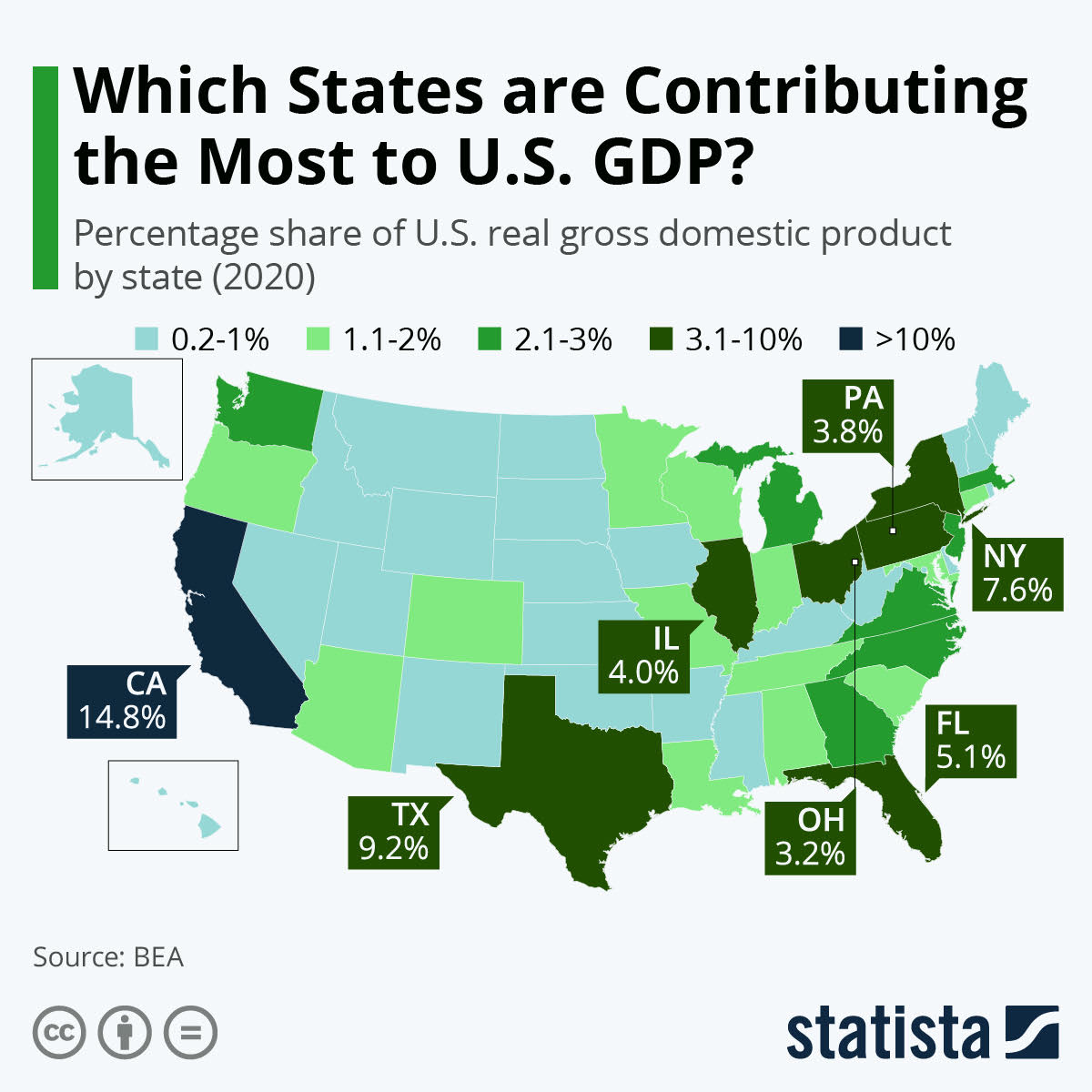My morning train WFH reads:
• How Hedge Funds Lost Their Way and Why They’ll Come Back HFRI Equity Hedge Total Index returned 14% a year from inception in 1990 through the financial crisis in 2008, doubling the total return of the S&P 500 Index. Since 2009, however, the tables have turned. The HFRI index has returned 8% a year through February, roughly half the return of the S&P 500. To understand what happened, and why fortune may return for equity hedge funds, it helps to know a bit about how stock pickers make money for investors. (Bloomberg) see also ‘Frustrated’ Limited Partners Are Questioning PE-Sponsored SPACs Private equity firms that sponsor blank-check companies raise the potential for conflicts of interest with their own funds, according to PitchBook. (Institutional Investor)
• How Not to Get Fooled by the New Inflation Numbers We could be on the verge of a golden era for inflation nonsense. The potential for misunderstanding derives from several forces crashing against one another at once. There are sure to be shortages of some goods and services as the economy creaks back to life, which could create scattered price increases for airplane tickets or hotel rooms or, as has been the case recently, certain computer chips. (Upshot)
• Home is where the cartel is Singapore expanded its housing supply, at remarkable speed and scale, by building out extremely dense but nevertheless green, livable, and attractive “new towns“. Rather than restricting our attention to putting more housing in existing desirable neighborhoods, why not follow Singapore and build new neighborhoods, and when we run out of space for those, new ring cities? Singapore has done a ton of experimenting, in regulation, architecture and urban design, in putting greenspaces around (and on) increasingly creative high-rise developments. (Interfluidity)
• ‘The Start of a Comeback’ in 5 U.S. Cities With vaccinations picking up, warmer weather and increased business re-openings over the last week, tourism has picked up in these destinations. (New York Times)
• Kroger Is Amassing a Robot Army to Battle Amazon, Walmart The fulfillment facility can pick a 50-item order in less than five minutes, much faster than a human worker grabbing goods from a store. Opening this spring, it will serve a region stretching from Louisville, Kentucky, to Indianapolis and Columbus, Ohio, with a mix of same-day and next-day service. (Bloomberg)
• MIT task force predicts fully autonomous vehicles won’t arrive for ‘at least’ 10 years Fully driverless systems will take at least a decade to deploy over large areas and that expansion will happen region-by-region in specific transportation categories, resulting in variations in availability across the country. (Venture Beat)
• Dunning-Kruger Effect: Intuitive Errors Predict Overconfidence on the Cognitive Reflection Test The present study explores the DKE within the context of a reflective-reasoning test, where a compelling, intuitive but incorrect response must be overridden for successful performance to be attained (Frontiers in Psychology)
• How to Read Books When You Have ADHD. Reading can be logistically hard when you have ADHD. Some people stop to daydream and others find their eyes moving from word to word but haven’t understood what they have read. Yet even with these challenges you find ways around this and are compelled to read books. (Untapped Brilliance)
• NFTs Are Selling for Millions. Are They Warming the Planet, Too? Making the digital artworks requires colossal amounts of computing power, and that means greenhouse gases. (New York Times)
• Space Junk Removal Is Not Going Smoothly Despite promising technology demonstrations, there is no one-size-fits-all solution for the growing problem of taking out the orbital trash (Scientific American)
Be sure to check out our Masters in Business interview this weekend with Rob Arnott, founder and chairman of Research Affiliates. The firm created & patented a methodology for basing indexes on fundamental metrics instead of market cap weighting, and its strategies runs over $160 billion in assets. Arnott is the author of over 100 academic papers, and is the co-author of the book “The Fundamental Index: A Better Way to Invest.”
Which States are Contributing the Most to U.S. GDP?

Source: Statista
Sign up for our reads-only mailing list here.
~~~
To learn how these reads are assembled each day, please see this.

